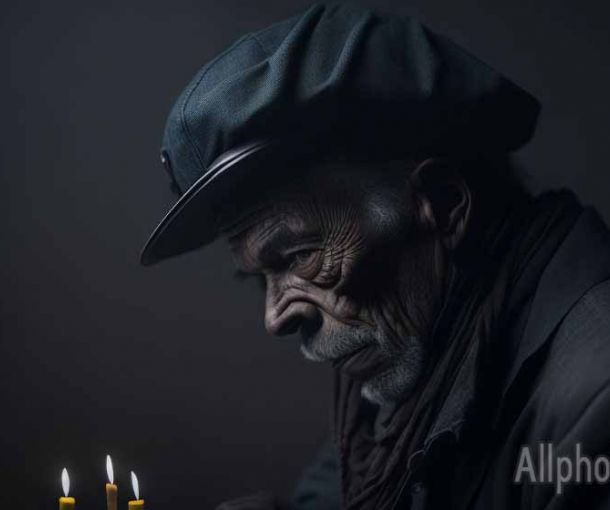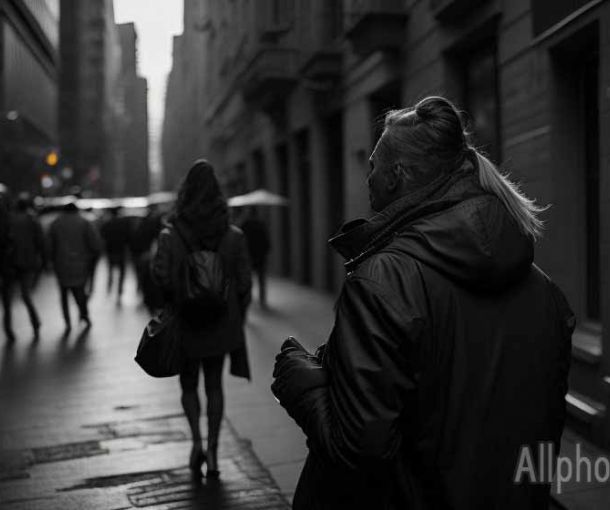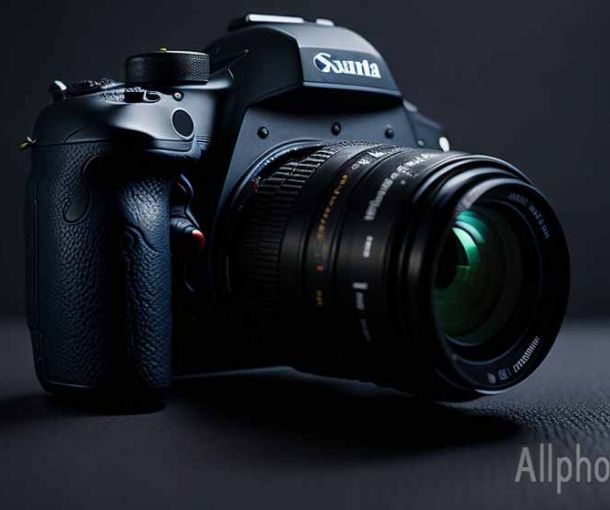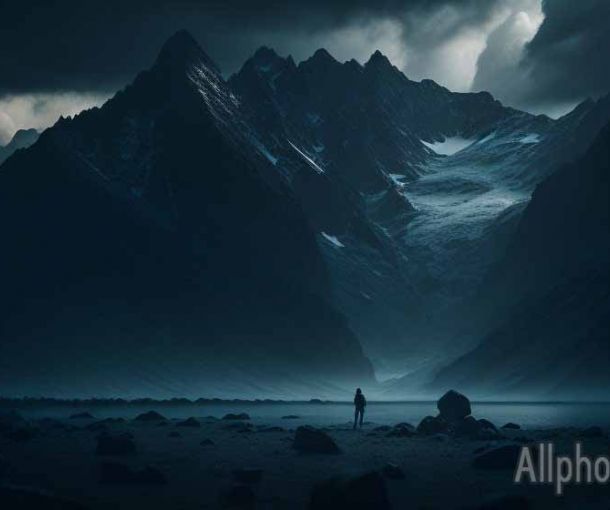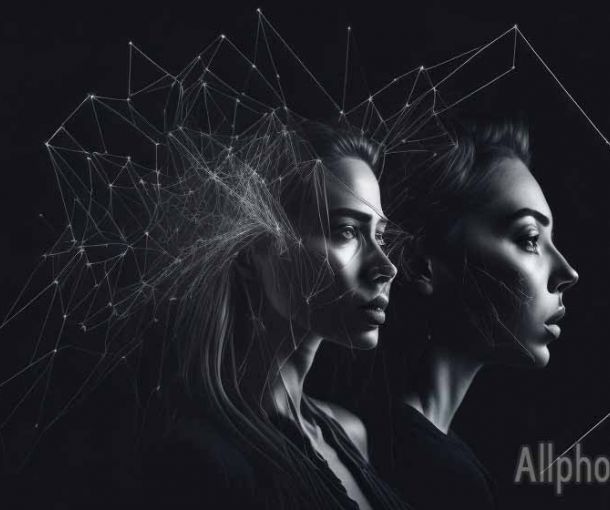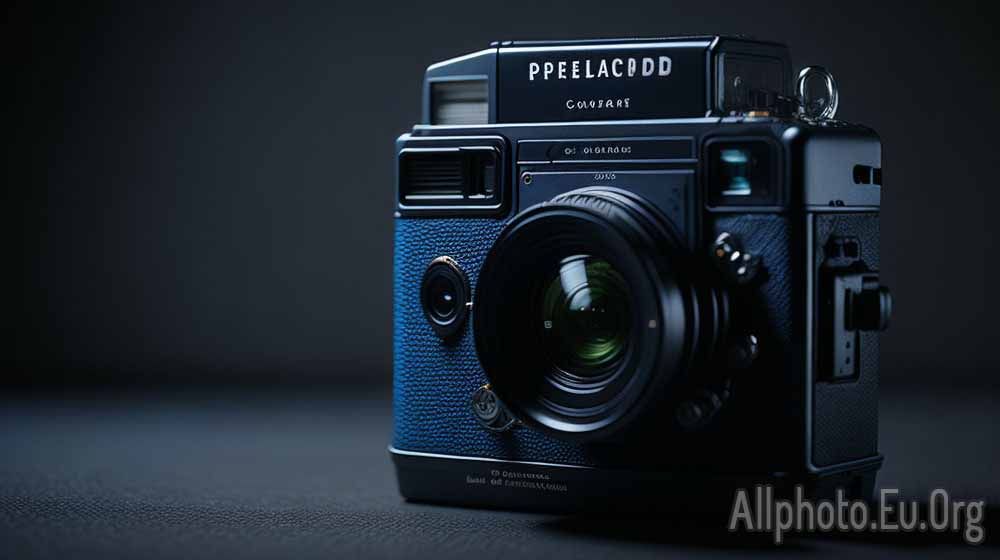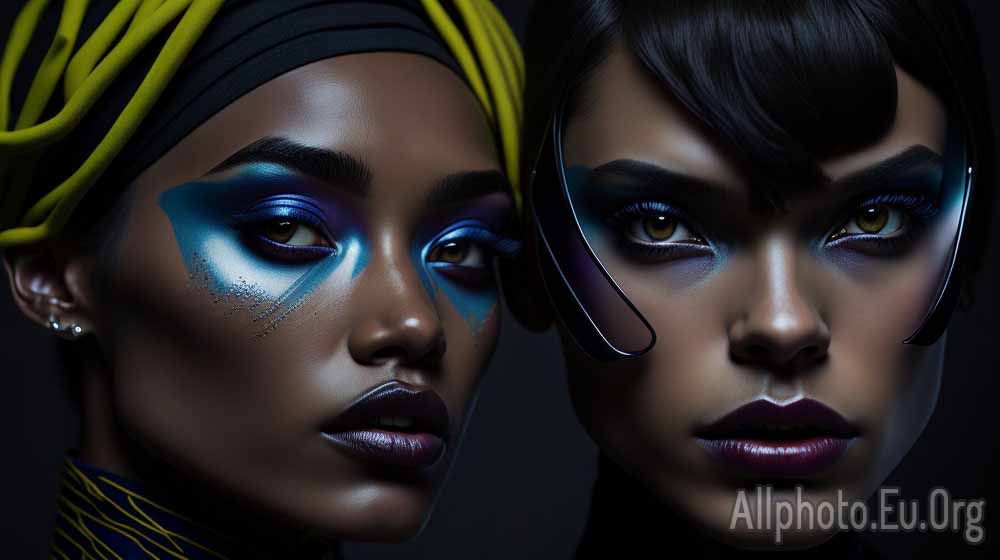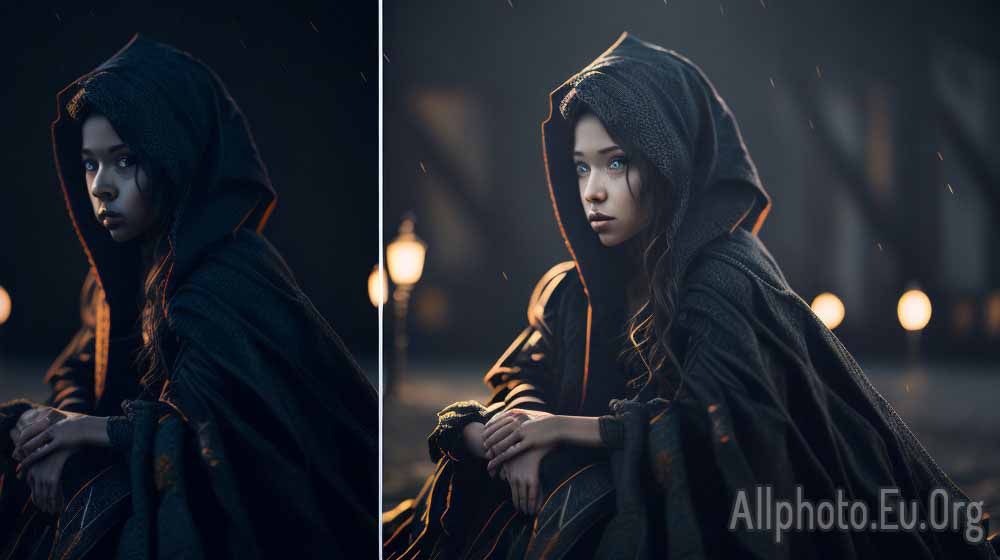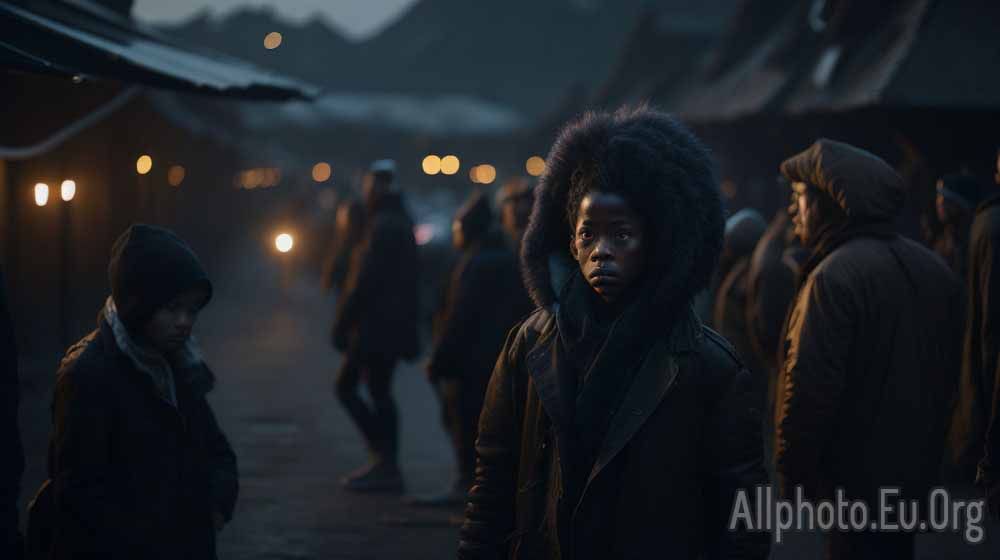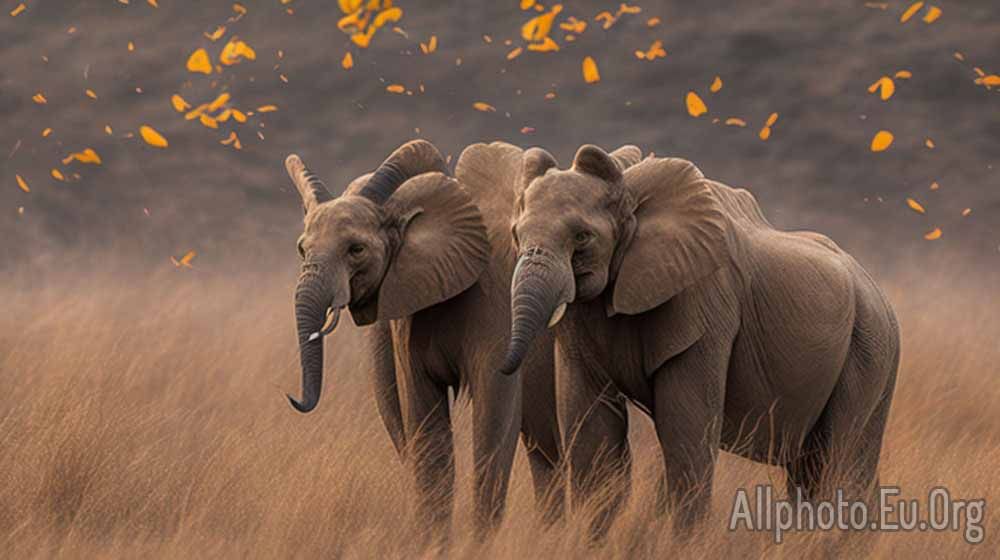Creating Artistic Photos with Lens Flare
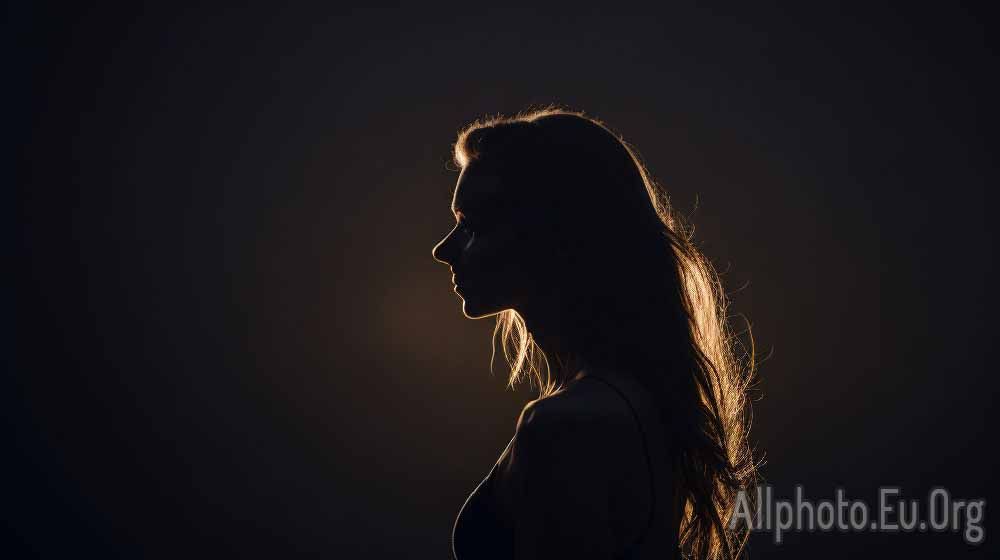
If you're looking to add a creative touch to your photography, you might want to experiment with lens flare. Lens flare occurs when light enters the camera lens and reflects off the internal surfaces, causing a hazy or starburst effect in the image. While it was once considered a technical flaw, lens flare has become a popular artistic technique in recent years, used to create dreamy, ethereal, or dramatic photos.
In this article, we'll discuss how to create artistic photos with lens flare, including tips for capturing and enhancing it in your images.
-
Understanding the Basics of Lens Flare
Before we dive into the tips and tricks for creating artistic photos with lens flare, it's essential to understand the basics of how it works.
Lens flare occurs when light enters the camera lens and reflects off the internal surfaces, causing a haze or starburst effect in the image. It usually happens when shooting towards the sun, but it can also occur when bright light sources are outside of the frame. Lens flare is often seen as a technical flaw in photography, but it can also be used intentionally to create artistic effects.
-
Choosing the Right Lens
Some lenses are more prone to lens flare than others. Wide-angle lenses and zoom lenses with large front elements are more likely to produce lens flare. If you're looking to capture lens flare, consider using a lens with a large front element, like a wide-angle lens or a fast prime lens.
-
Finding the Right Light Source
Lens flare occurs when light enters the camera lens and reflects off the internal surfaces. To capture lens flare in your photos, you need to find the right light source. Shooting towards the sun is the most common way to capture lens flare, but you can also use other light sources like streetlights, headlights, or even reflections in water.
-
Positioning the Camera
The position of the camera relative to the light source is essential when capturing lens flare. To capture the best lens flare effect, position the camera so that the light source is just outside the frame. You can experiment with different angles and positions to find the right balance between the light source and the subject.
-
Using a Lens Hood
While lens flare can be a beautiful effect, it can also be unwanted in some situations. To reduce the risk of lens flare, you can use a lens hood. A lens hood is an accessory that attaches to the front of the lens and helps to block out extraneous light that can cause flare. Using a lens hood can help to reduce the risk of lens flare, but it can also affect the overall look and feel of your images.
-
Enhancing Lens Flare in Post-Processing
Once you've captured your images with lens flare, you can enhance it further in post-processing. Here are some tips for enhancing lens flare in post-processing:
- Adjust the Contrast: Increase the contrast in your image to make the lens flare stand out more.
- Boost the Saturation: Increasing the saturation can make the colors in the lens flare more vibrant.
- Add a Warm Tint: Adding a warm tint to your image can make the lens flare look more natural and organic.
- Use Blending Modes: Experiment with different blending modes in your photo editing software to blend the lens flare into the image.
-
Using Lens Flare in Different Types of Photography
Lens flare can be used in different types of photography to create various effects. Here are some examples:
- Landscape Photography: Using lens flare in landscape photography can create a warm, dreamy effect, perfect for sunsets or sunrises.
- Portrait Photography: In portrait photography, lens flare can be used to create a romantic, ethereal effect.
- Street Photography: Using lens flare in street photography can create a gritty, dramatic effect, adding a sense of realism to the image.
-
Experiment and Have Fun
As with any artistic technique, experimenting with lens flare can lead to unexpected and exciting results. Don't be afraid to try new things and play around with different angles, positions, and light sources. Have fun and let your creativity guide you.
In conclusion, lens flare can be a beautiful and artistic technique that can add a unique touch to your photography. Understanding the basics of lens flare, choosing the right lens, finding the right light source, positioning the camera, using a lens hood, enhancing in post-processing, and using it in different types of photography are all key to creating stunning images with lens flare. So grab your camera, find some beautiful light, and start experimenting with this technique today.
In conclusion, capturing and enhancing lens flare can help you add an artistic and creative touch to your photos. By understanding the basics of lens flare, finding the right light source, using the right lens, and enhancing the effect in post-processing, you can create stunning images that stand out. Don't be afraid to experiment and have fun with lens flare to discover new possibilities and add a unique touch to your photography.
Tags
Latest Articles
Most Read
All Tags
Subscribe
Donate
Please consider supporting our efforts.
© 2023 All-Photo.Cf All rights reserved.
